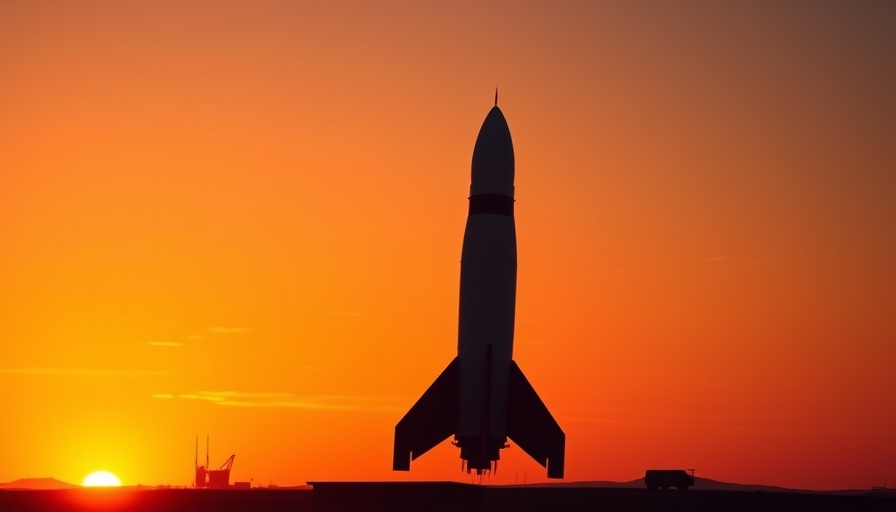
Delayed Launch: Australia's First Orbital Rocket Hit by Fairing Issue
The anticipation surrounding the inaugural launch of Australia’s first homegrown orbital rocket has hit a snag, as Gilmour Space Technologies reports that issues with the rocket’s payload fairing have led to an indefinite delay. Initially scheduled for May 15, this highly anticipated event was called off shortly before the launch as a precautionary measure.
During the final checks, an unexpected issue triggered the payload fairing. Fortunately, no fuel was loaded at the time, and initial assessments showed no damage to the rocket or the launch pad. The company confirmed through social media that they will send a replacement fairing from their facility in Gold Coast, signaling a commitment to resolve the problem quickly.
Building Australia’s Space Industry: Challenges and Opportunities
Founded in 2015 by brothers Adam and James Gilmour, Gilmour Space aims to enhance Australia’s space capabilities significantly. The company has enthusiastically pursued goals of local innovation and national pride, highlighted by the establishment of a private launch site at the Bowen Orbital Spaceport. This site underlines Australia's ambitions to become a competitive player on the global space stage, emphasizing job creation and technological independence as key benefits.
As Adam Gilmour expressed earlier this year, launching Australian-owned rockets offers not only economic growth but also strengthens national security—a critical concern in a time when international space competition is ramping up.
Historical Context: Why Is This Launch Significant?
The historical context of Australia’s entry into the orbital launch market cannot be understated. Until now, Australian space ventures have primarily relied on international partners for access to space. The upcoming TestFlight1 aims to change this narrative, marking a monumental step toward self-reliance in satellite deployment and spacetech innovation.
This effort reflects a larger trend within the global landscape of space exploration, where numerous countries are working independently to establish or expand their own space access capabilities. A successful TestFlight1 could pave the way for additional missions and collaborations, enhancing Australia’s presence in the fast-evolving space economy.
What Next for Gilmour Space and the Australian Space Program?
With the immediate launch postponed, Gilmour Space has underscored its commitment to innovation and quality. The company plans to thoroughly investigate the fairing issues before setting a new date for TestFlight1. Each second of the flight is anticipated to provide valuable data crucial for future missions, regardless of whether the rocket reaches maximum dynamic pressure or the final destination of space.
This incident is not uncommon in the aerospace industry, where new launch systems often face technical challenges during testing. With lessons learned from each attempt, Gilmour Space aims to enhance the reliability and performance of its rockets, reinforcing the notion that innovation in technology requires patience and perseverance.
Community Perspectives: What Does This Mean for Space Enthusiasts?
For space enthusiasts and the general public, the news of the delay might be disappointing, but it also serves as a reminder of the complexities involved in aerospace technology. Each delay brings with it opportunities for reflection and adjustment, allowing the team to hone their skills and improve their craft.
Additionally, community interest and support for local initiatives in technology and space exploration have grown. The public is now poised to rally around future launches while remaining engaged in the ongoing developments that shape Australia’s role in global space exploration.
Conclusion: The Road Ahead for Australian Space Initiatives
While the delay of the first launch of Gilmour Space's Eris rocket represents a setback, it opens the door for critical investigation and improvement. As the team prepares to tackle these challenges, the vision of an independent and self-sufficient Australian space industry remains alive. This commitment to innovation, coupled with community support, suggests a bright future ahead as they navigate the complexities of modern space technology.
Stay tuned for updates on TestFlight1 and other exciting developments in Australia’s burgeoning space sector!
 Add Row
Add Row  Add
Add 




Write A Comment